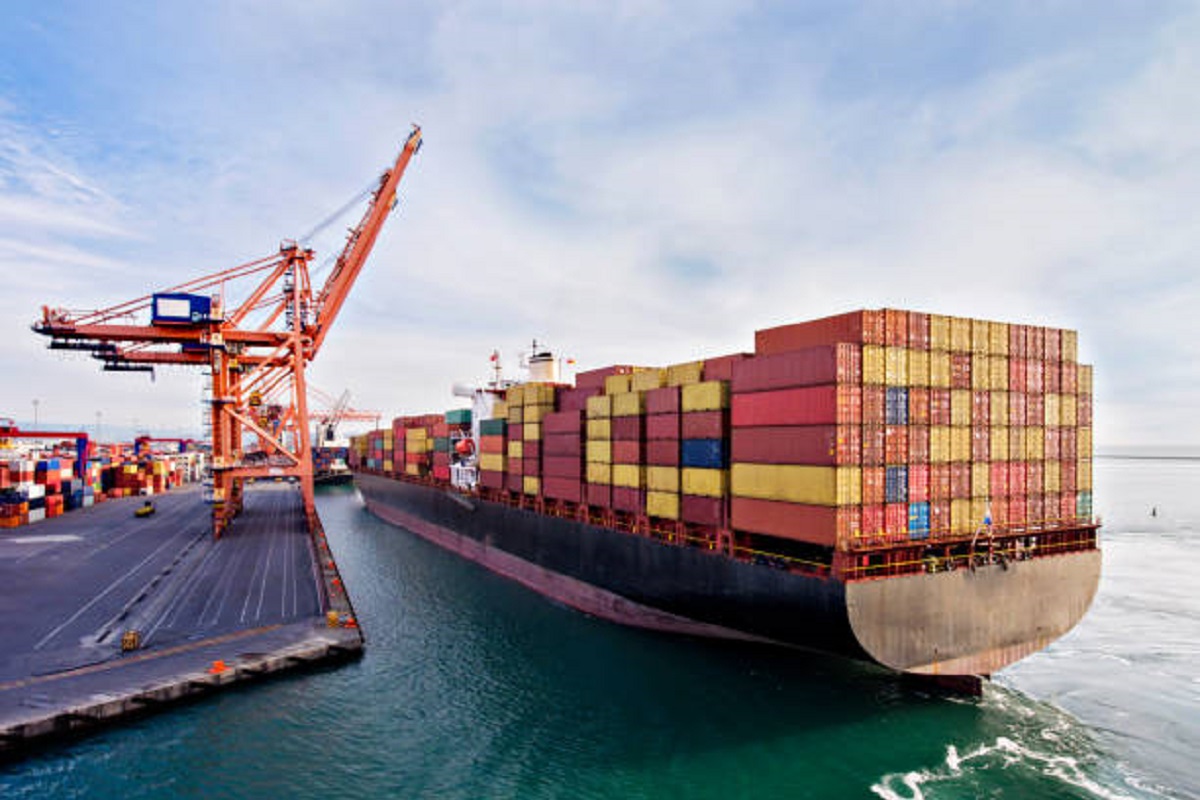Trade Wars
Trade wars are not fought with missiles and tanks, but their impact can be just as devastating. They are battles waged with numbers, policy manoeuvres, and, often, a touch of political bravado.
India’s reduction in import tariffs is being positioned as a move toward greater trade openness in the midst of a major global trade war launched by the US which threatens to target more countries.

Representational Image: iStock
India’s reduction in import tariffs is being positioned as a move toward greater trade openness in the midst of a major global trade war launched by the US which threatens to target more countries. While the government is keen to distance itself from the perception of protectionism, the actual impact of these cuts on trade dynamics remains debatable. At the heart of this policy shift is a clear message: India wants to be seen as open to global trade while safeguarding its domestic industries.
The reduction of average import tariffs from 13 to 11 per cent and the lowering of duties on high-end motorcycles are steps in this direction. However, these headline-grabbing cuts do not necessarily translate into an easier import regime. Various surcharges and additional duties remain, keeping India’s overall tariff burden relatively high compared to other major economies. This move comes amid escalating global trade tensions, particularly between the US, Canada, Mexico and China. These trade wars have cast a shadow on global commerce, and India, while not at the forefront, has faced criticism for its own tariff policies. US President Donald Trump had expressed dissatisfaction over India’s tariff barriers, citing them as unfair to American exporters.
Advertisement
By reducing certain tariffs like those on high-end bikes, India appears to be signalling a desire to recalibrate its trade relations, particularly with the US, which remains its largest trading partner. Yet, the government’s balancing act is evident. The tariff reductions largely apply to raw materials used in key domestic industries such as textiles and automobiles. The intention is clear ~ lower costs for manufacturers without significantly exposing domestic producers to foreign competition. This aligns with India’s long-standing approach of supporting domestic industries in their growth phase before gradually opening them up to global competition. However, the effectiveness of this strategy depends on whether these tariff cuts are the start of a sustained shift or merely symbolic. Trade analysts point out that while peak customs duties are being lowered, additional levies still keep effective tariffs high.
Advertisement
If businesses continue to face a complex and unpredictable tariff regime, the overall competitiveness of Indian industry may not see significant improvement. Moreover, the broader economic and geopolitical context cannot be ignored. India’s trade policies must be viewed in the light of its global positioning ~ balancing economic nationalism with the need to integrate into global supply chains. While import tariff reductions may ease tensions with trading partners, they also raise questions about how India will protect its domestic industries in a world where selfreliance and strategic autonomy remain policy priorities. The real test of India’s trade openness will be in its consistency. If tariff cuts become a sustained policy direction rather than one-off measures, they could strengthen India’s position in global trade negotiations. Otherwise, they risk being seen as reactive adjustments rather than a proactive embrace of free trade. For now, India is walking a tight-rope ~ seeking global goodwill while keeping a protective shield over its domestic industries.
Advertisement